Understanding negative gearing is crucial for anyone involved in real estate investment or interested in entering this field. It entails both potential advantages and risks that demand careful consideration.
In the landscape of informed investment choices, a solid grasp of gearing is pivotal for Australian property investors. Simply put, gearing involves securing funds through borrowing to acquire an asset, specifically real estate.
To put it simply, there are three different ways to get ready:
Positive Gearing occurs when the property's income surpasses the combined expenses, including loan interest and other costs.
Negative gearing is when you buy an investment property; the expenses, like loan interest and other costs, are more than the income you get from renting it out.
Investing in a property that yields a financial loss rather than income characterises "negative gearing." This situation arises when the property's income exceeds cumulative expenses, spanning maintenance, loan payments, and rental revenue. Some investors favour such properties despite the potential ongoing loss and personal financial commitment. Australian real estate investors can leverage negative gearing tax incentives while anticipating potential long-term capital gains. In this article, we’ll discuss the benefits of negative gearing.
Table of Contents
What is Negative Gearing?
So, what's this "negative gearing" thing, you ask? Well, it's like this: when you borrow money for an investment, and the interest you pay on that loan is more than what you make from renting out the investment, that's called a negatively geared investment.
The Australian Tax Office, also known as ATO, now has a deal. If the interest you're paying is higher than what you're making from the property's rent, they might let you claim a tax deduction. But there's a catch - it depends on certain situations.
Here's the deal, though. When you're all set to buy an investment property, knowing how taxes will play out is important whether you go the negative gearing route. This helps you make smart choices that match your situation.
Negative gearing can be a cool deal for many folks, thanks to potential tax perks. But here's the scoop: It's a bit of a puzzle, and it's smart to chat with a tax pro or an accountant.
.webp)
Benefits of Negative Gearing
Using negative gearing can bring forth a range of advantageous outcomes. Let's focus on high-growth locations Among the key points on my agenda.
Leveraging a negatively geared approach for real estate investment offers numerous advantages, making it a prevalent strategy in Australia. Now, let’s look at the benefits of negative gearing:
Interest-Only Loans
Interest-only loans hold a special appeal, especially for investors in the highest tax bracket. Let's break it down with an example.
Imagine you're raking in $1,000 a month from a rented property, totalling $12,000 annually. Let's say your loan interest payments and approved expenses add up to $18,000 for the year. This lands you in a $6,000 loss zone for the property.
But here's the twist: this loss could be balanced against your income. This means it might help trim your tax bill. While this strategy sounds intriguing, you've got to ensure you're financially prepared to cover the gap in repayments and ongoing costs. That's the real kicker.
So, negative gearing is like a snug fit for investors with a steady cash flow and extra income to spare.
Long-Term Returns
Property, a solid and enduring asset, has a unique quality. While the market isn't a steady ride and experiences ups and downs, property values tend to climb over the years, along with rental prices.
Imagine this: an investor holding onto their negatively geared property might have their sights set on the long game. How? Well, they could sell when the property's value has shot up, reaping its appreciation benefits. Alternatively, they could anticipate scoring higher rental income down the line. This eventual gain over the long run often offsets the initial short-term loss.
Capital Growth
Regarding properties in Australia, a major chunk falls under negative gearing. Going the negative gearing route opens up a world of options for you.
How, you ask? Well, this strategy essentially broadens your property selection horizon. You can snag properties in areas that promise high capital growth, especially if you're a savvy investor well-versed in market dynamics.
Sure, properties with positive cash flow can also see their value rise, but here's the catch - they're a rare breed. They're like gems that are tricky to find. That means your choices get pretty limited.
But guess what? With negative gearing, you're free to explore properties all across Australia. The real beauty? The capital growth you rack up might outweigh the losses incurred by your property.
.webp)
Development Prospects
Now, if you stick solely to positive cash flow properties, your playing field gets a bit restricted. Here's the twist though: negative gearing properties can open up doors you might not have imagined.
See, with negative gearing, you've got a shot at transforming one property into many. It's like a magic trick where you can convert land into a full-blown development asset or turn a single property into a cluster.
In certain scenarios, creating multiple properties through these manoeuvres might just fetch you a better return than if you had simply gone the positive cash flow route.
The real kicker? Negative gearing can save you on taxes and help you multiply your investment.
.webp)
Calculating Tax Savings with Negative Gearing
Now, let's break down the dollars and cents of tax savings through negative gearing. The exact amount you can pocket depends on your property's scale and those upkeep and interest costs. Let's keep it simple: What you get to trim from your income tax is the gap between your rental income and your expenses.
Here's the kicker: the fatter your income, the juicier your tax return savings. But here's a twist - if your salary is below the minimum income tax thresholds, positive gearing might be your ticket, as you can't exactly whittle down that tax bill any further. It's a tax strategy tango that needs to match your financial rhythm.
.webp)
Is Negative Gearing the Right Move for You?
Negative gearing doesn't suit everyone's game plan. If you're in a lower tax bracket or your primary income comes from foreign currency, your potential claims from the Australian taxation office might hit a ceiling. Conversely, positive gearing boosts your earnings and more financial muscle to repay your loan swiftly.
But hold on, negative gearing isn't just the playground of the wealthy.
Even if you're not swimming in riches, going the negative gearing route lets you own an asset that appreciates over time while enjoying a tax-free ride. Hey, and don't let being an expat hold you back. Your main income source is overseas? No biggie! You can still dive into the benefits of negative gearing.
Now, let's keep it real - both negative and positive strategies have pros and cons for Australian expats. The trick is to tap into professional advice when needed and boost your research game to weigh the property's potential. If you do your homework and take expert advice on board, negative gearing is a golden move in your investment playbook.
Elevate Your Rental Property Income with Houst's Professional Expertise
Are you looking to maximise your rental property's earnings on Airbnb? Get ready to see your Airbnb revenue soar! Say farewell to concerns about rental property tax deductions! Our top-notch property rental management services are here to deliver a smooth and stress-free journey. We covered you, from finding tenants and overseeing maintenance to maximising your rental yields. Houst is your go-to partner for hassle-free property management. Make Houst your letting agent today and relish the perks of having seasoned experts handle your property with finesse.
🚀 Start & Scale Your Airbnb Business with Houst
Launch a profitable Airbnb business — without owning property.
Join Houst’s Airbnb Business Partnership Program to start, manage, and grow your short-term rental business. With expert marketing, automation tools, and dynamic pricing strategies, we help you maximize earnings and scale faster.

⭐ Rated 4.8/5 by 2,500+ Hosts
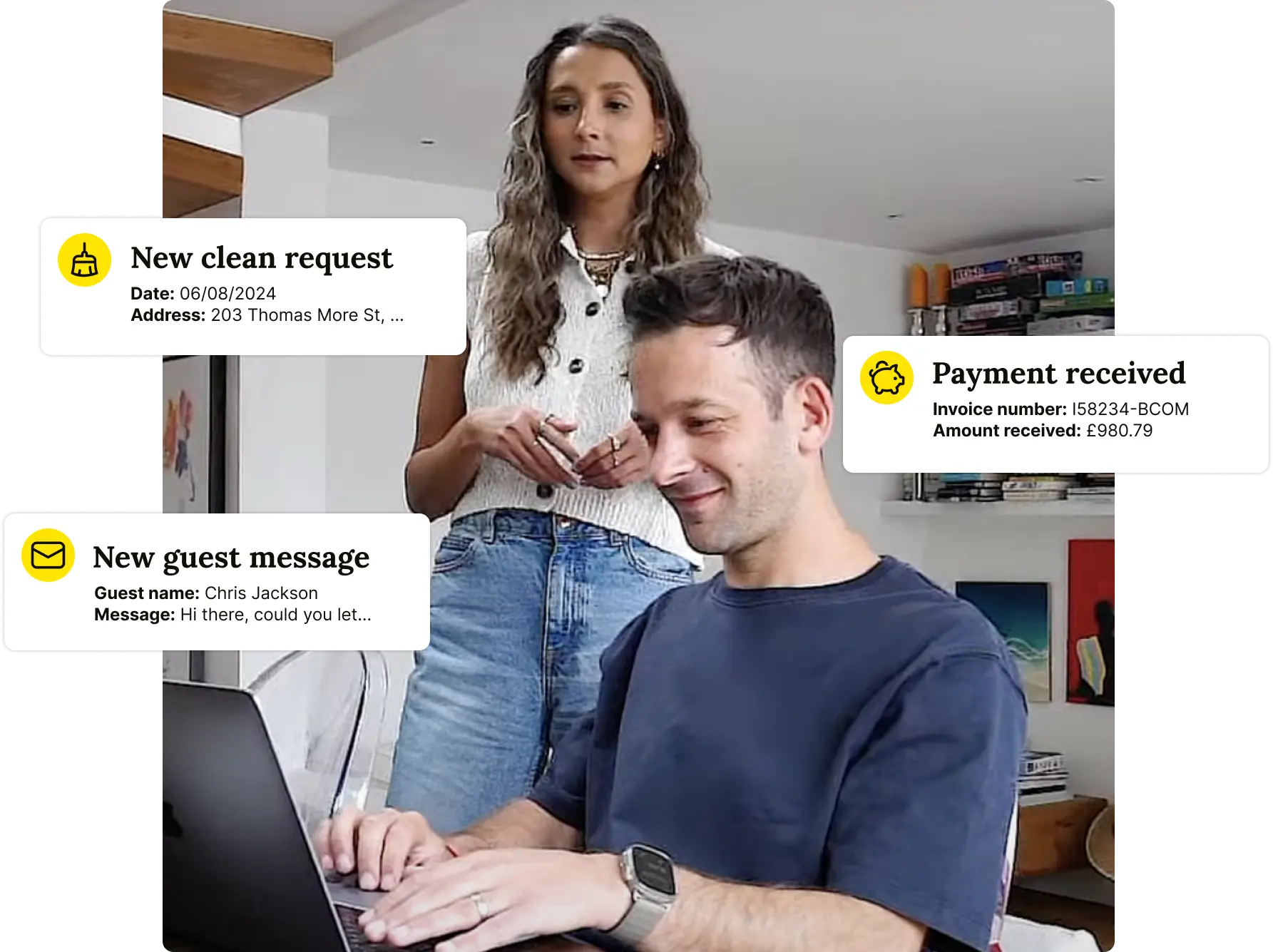
.webp)
🚀 Build a Thriving Airbnb Business with Houst
Monetize short-term rentals without owning property. Our Airbnb Business Partnership Program helps you start, scale, and automate a profitable Airbnb business with smart pricing, automation, and expert support.
💡 No Property Needed
📈 Expert Growth Strategies
🤖 Automated Hosting Tools

⭐ Rated 4.8/5 by 2,500+ Hosts
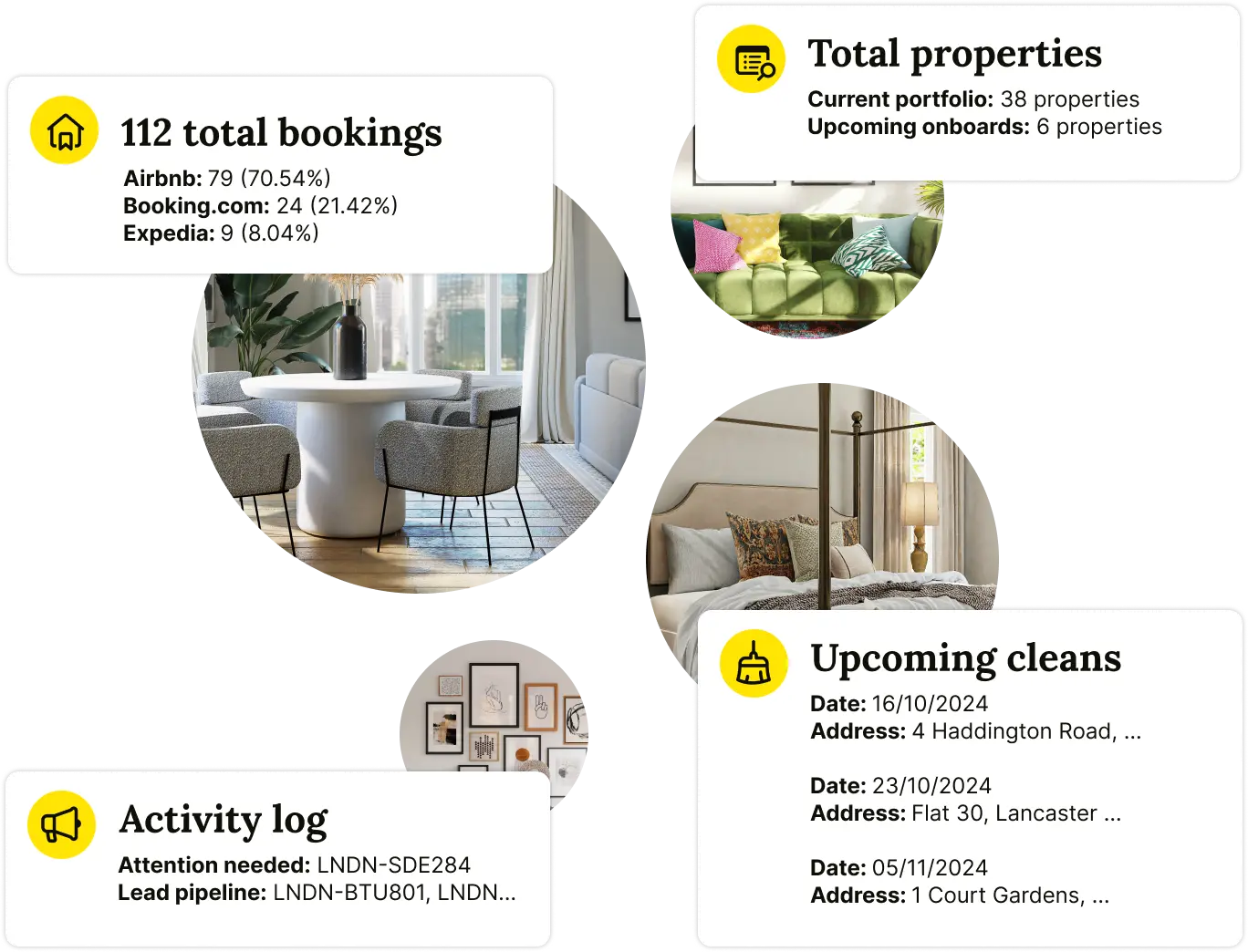
🧼 Airbnb Cleaning & Turnovers, Done Right

⭐ Rated 4.8/5 by 2,500+ Hosts
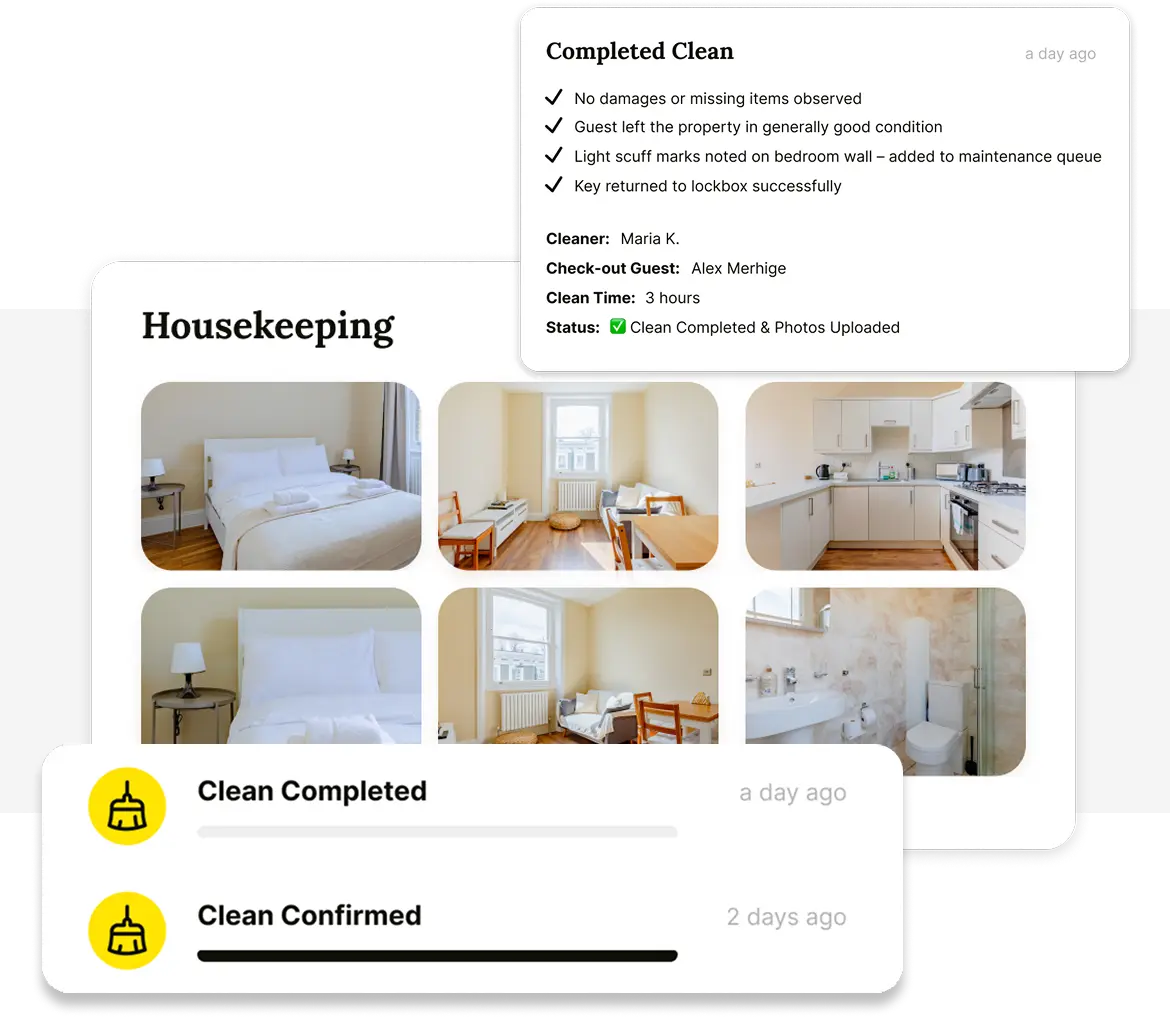
🚀 Build & Grow Your Airbnb Business with Houst
Turn your expertise into a profitable Airbnb business — without owning property.
Join Houst’s Airbnb Business Partnership Program to start, manage, and scale with ease. Get expert support, automation tools, and smart pricing strategies to maximize earnings and grow faster.

⭐ Rated 4.8/5 by 2,500+ Hosts
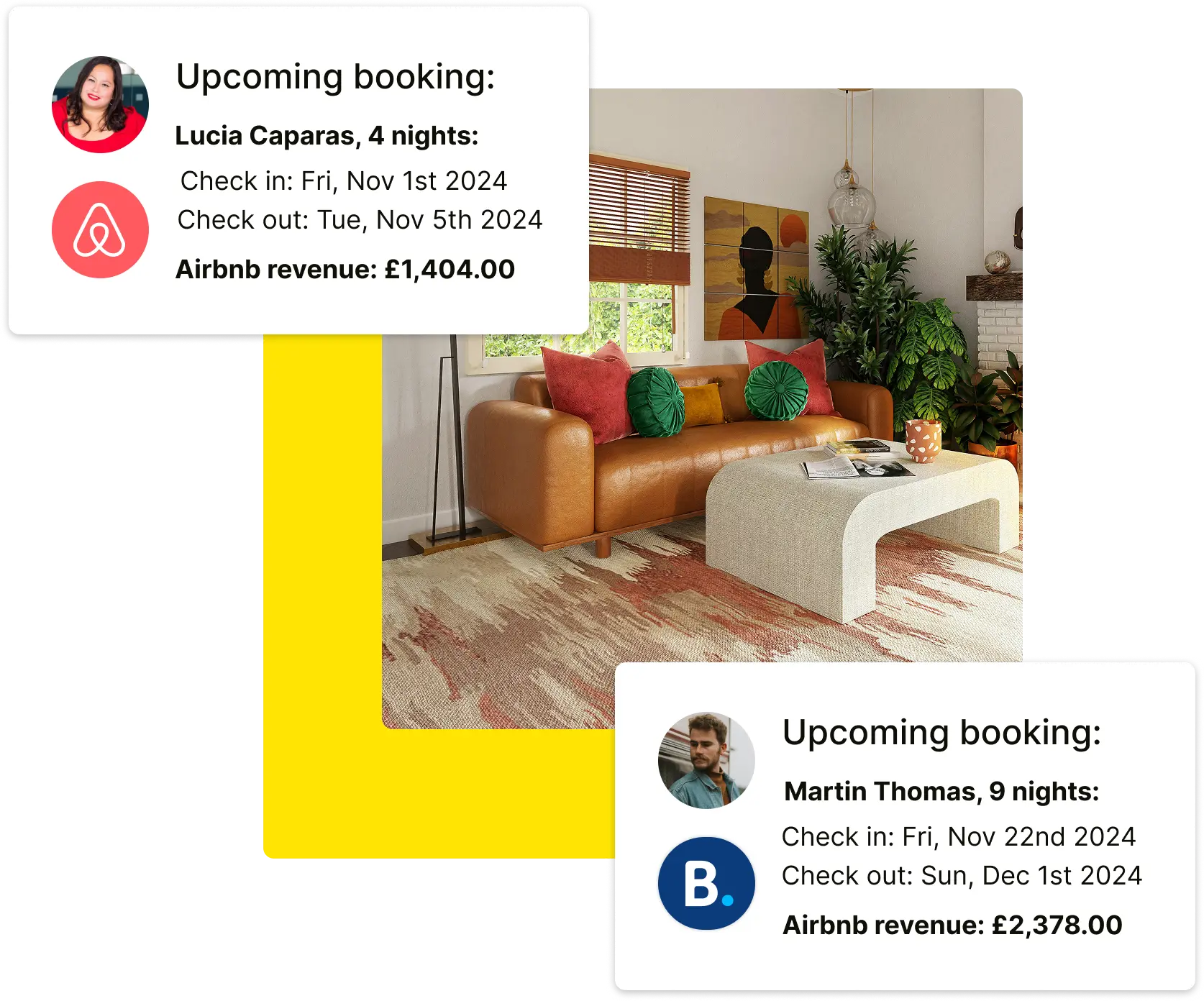

⭐ Rated 4.8/5 by 2,500+ Hosts
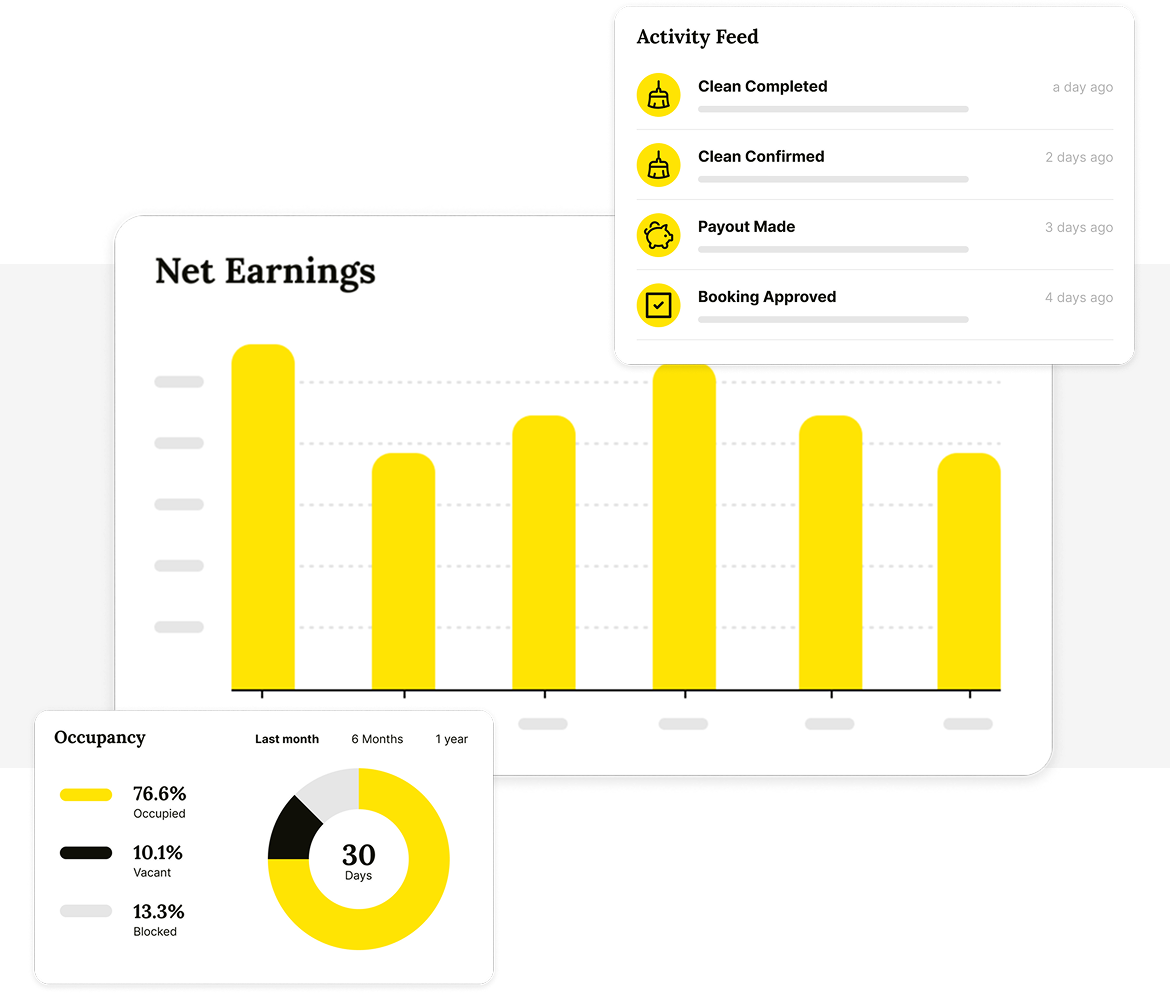



.png)

.webp)
